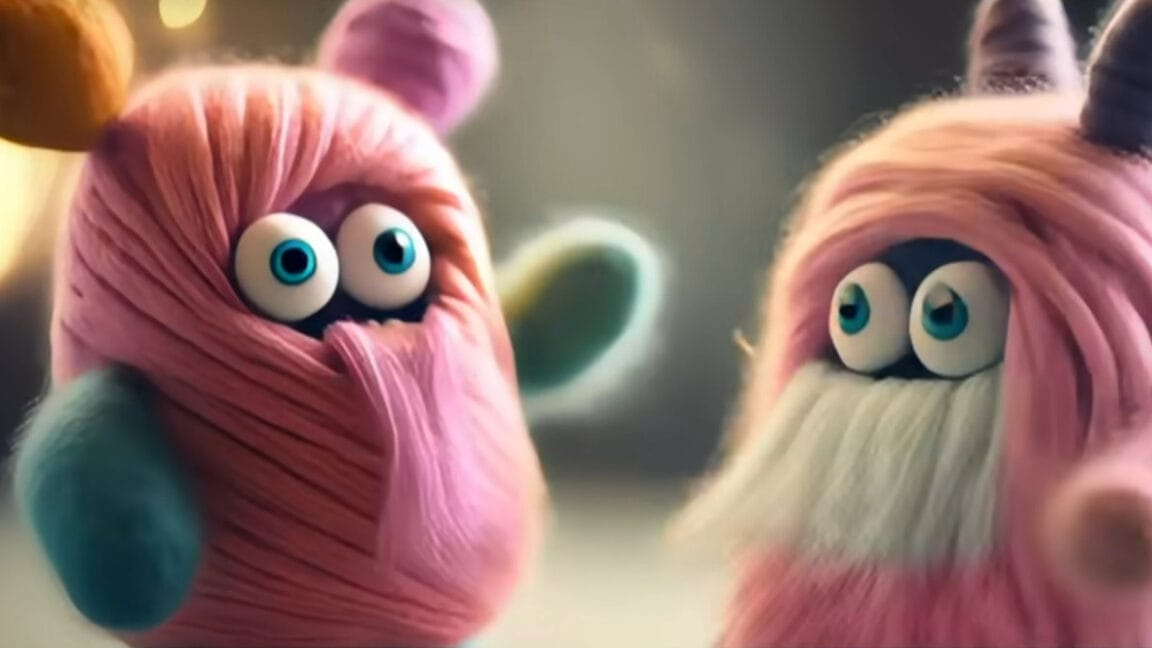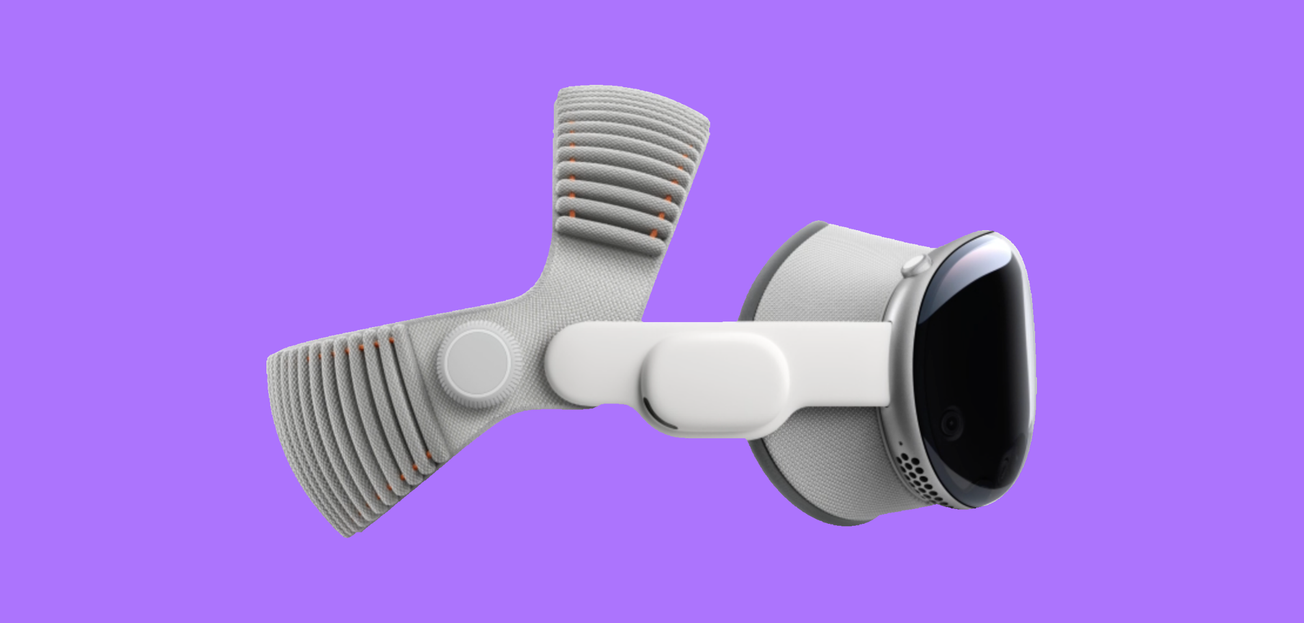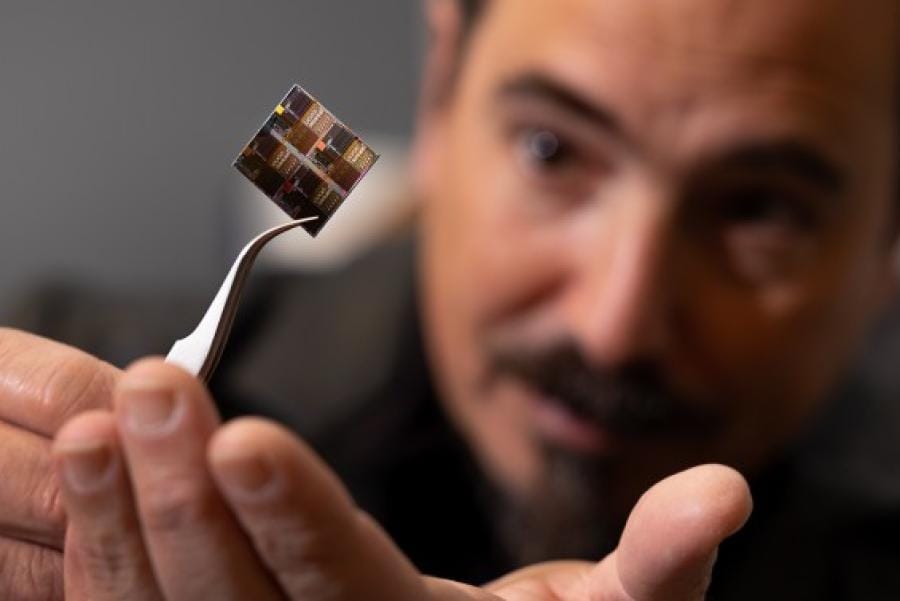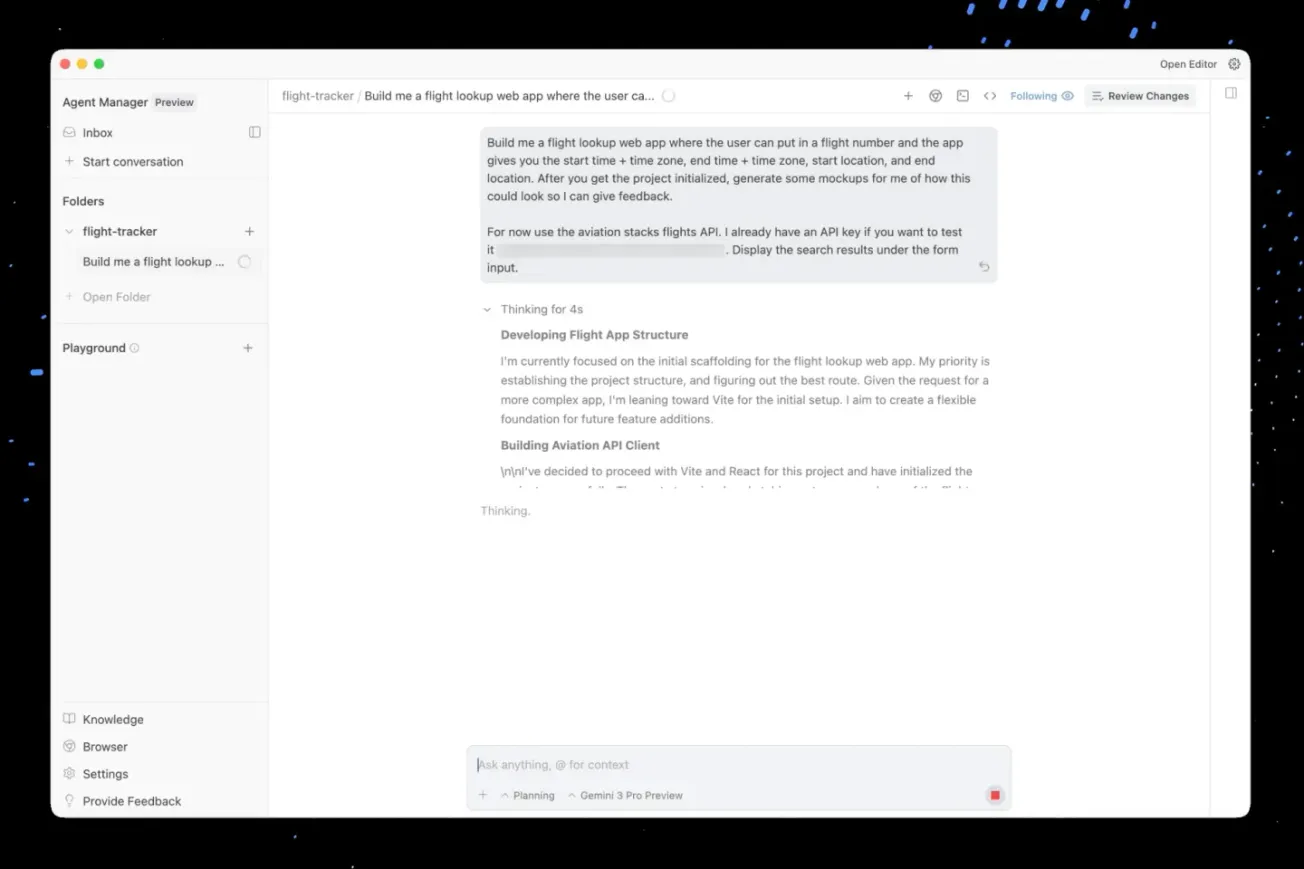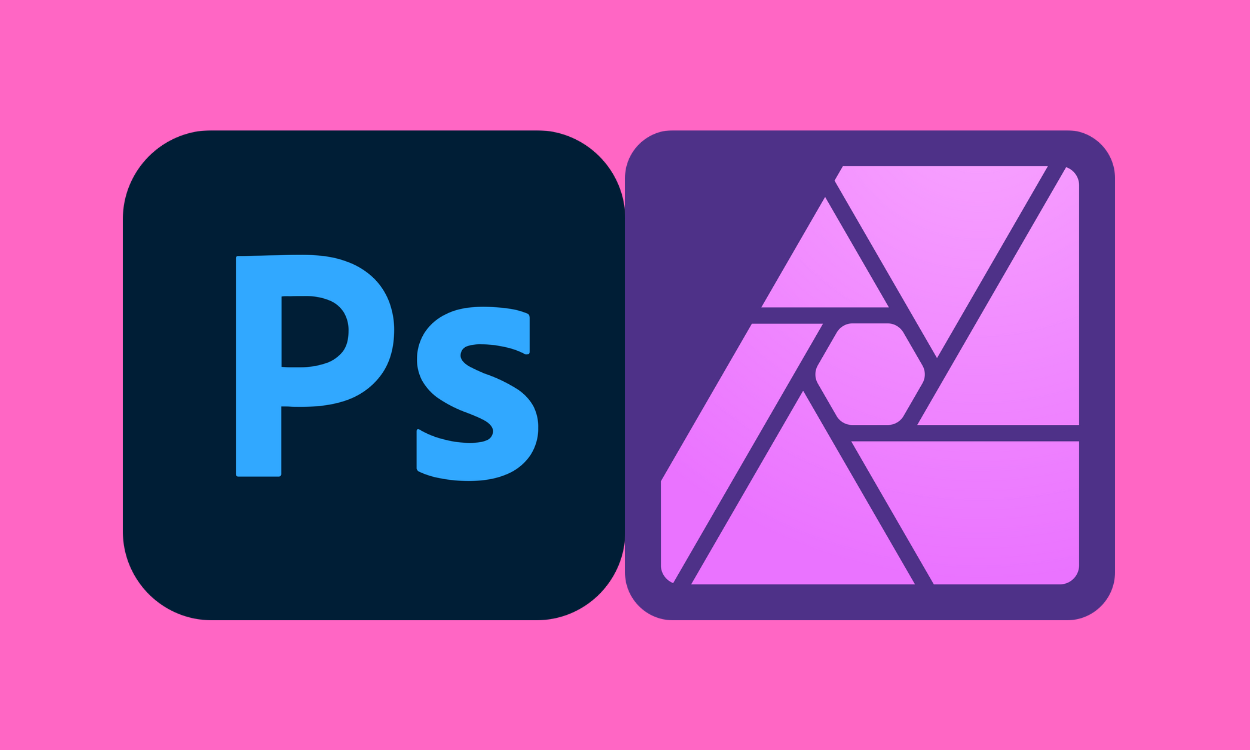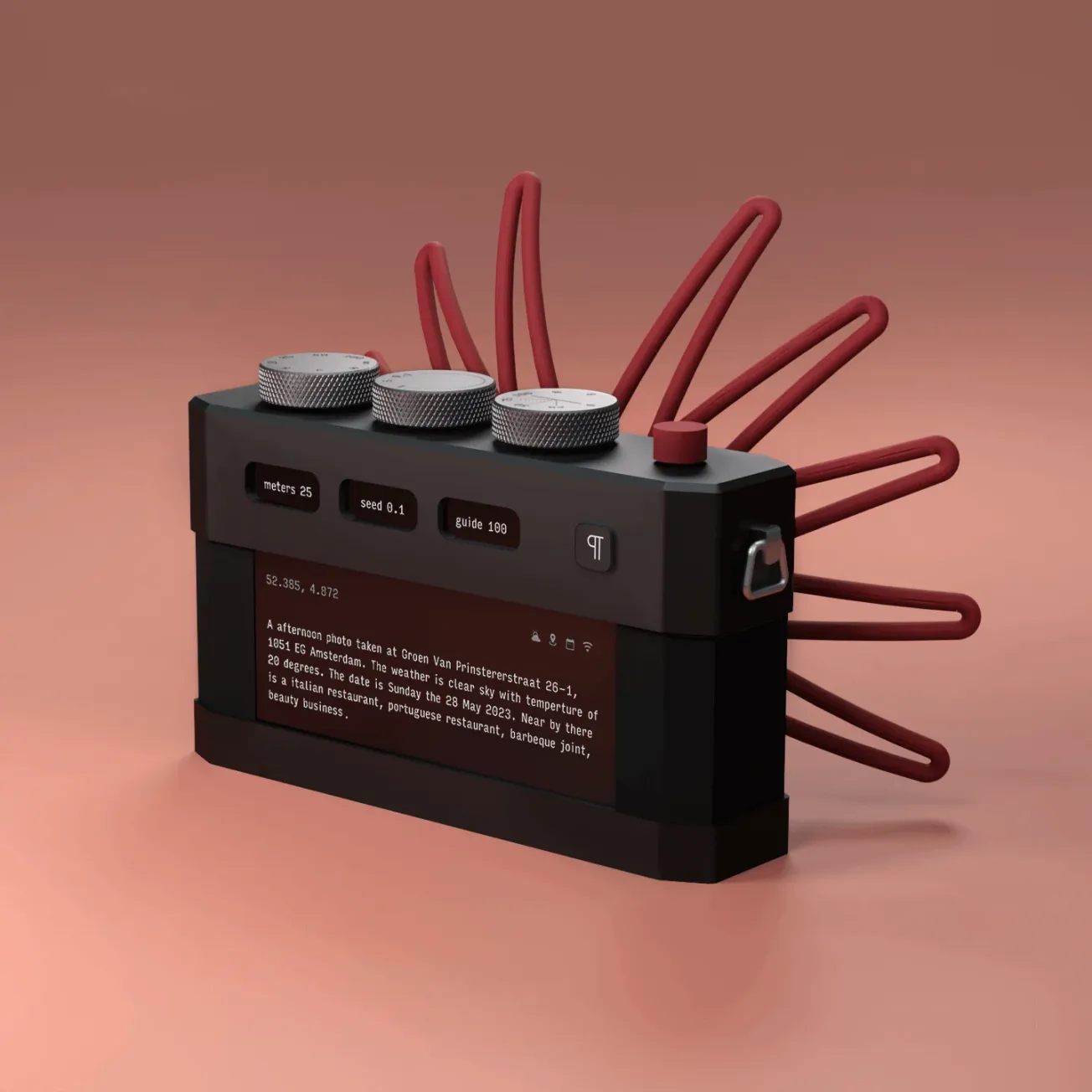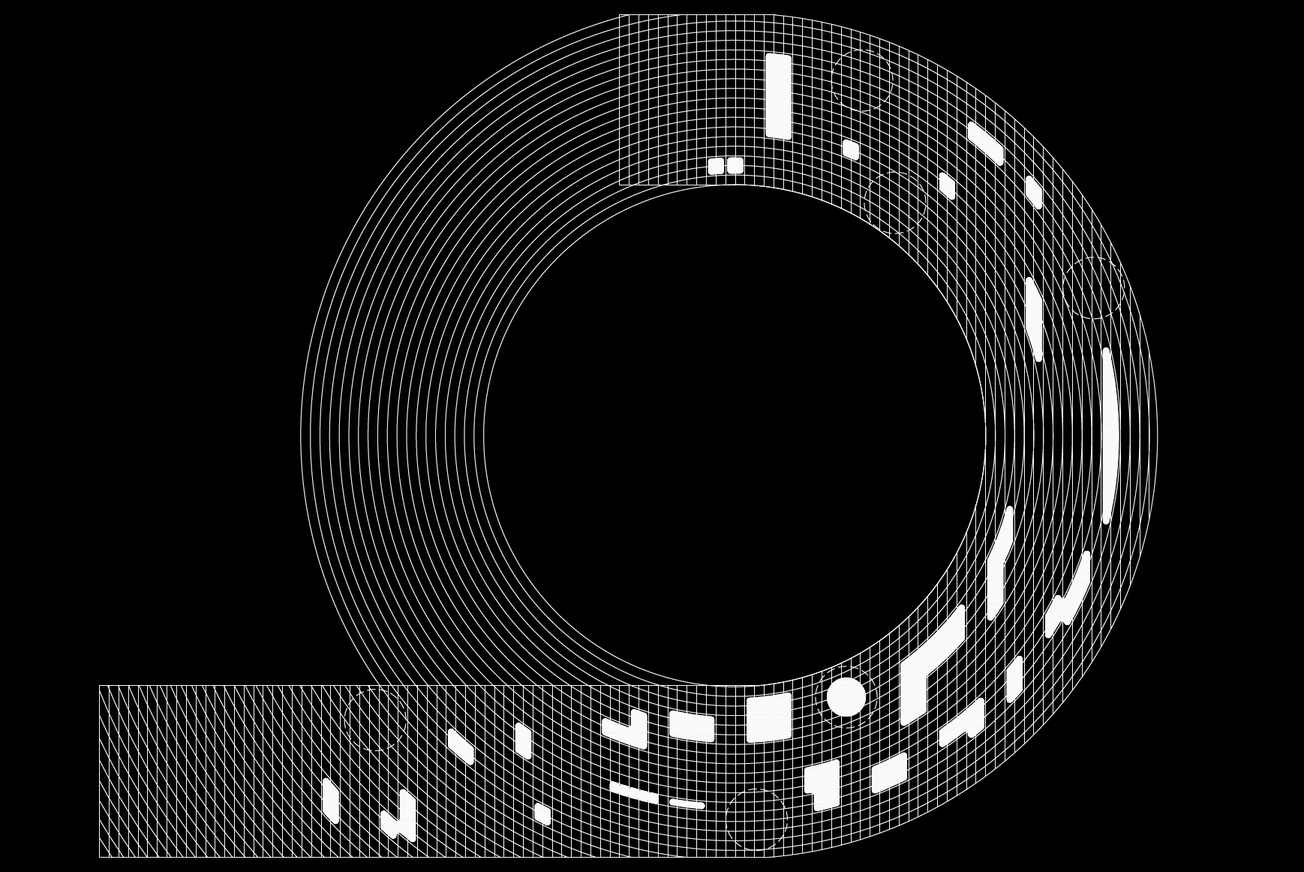Adobe’s Firefly Video Model, now in public beta, brings generative AI into post-production with a focus on control and licensing transparency. Trained on Adobe Stock and public-domain material, it avoids scraping user-generated work—addressing a key source of criticism toward other AI models.
For editors and designers, the appeal is in speed and flexibility. Firefly can generate B-roll, animate still images, or extend shots using Text to Video and Image to Video prompts, with adjustable camera angles, motion parameters, and aspect ratios. The latest update adds composition transfer from reference clips, style presets ranging from anime to claymation, keyframe-based cropping, and integrated sound layering. These features have the potential to reduce production timelines and lower barriers for small teams without access to full-scale shoots. But the integration of AI at this level raises critical design questions. If every production team can access the same style libraries and automated scene generation, will visual outputs start to converge? What does originality look like when pre-trained models are shaping the aesthetic starting point? And how should creative teams balance efficiency with the slower, more deliberate processes that often produce distinctive work?
Firefly’s arrival signals a shift: AI isn’t an optional experiment on the side of editing software—it’s being woven directly into core creative tools. For post-production, that means the challenge is no longer whether to use AI, but how to use it without losing authorship and intent in the process.

